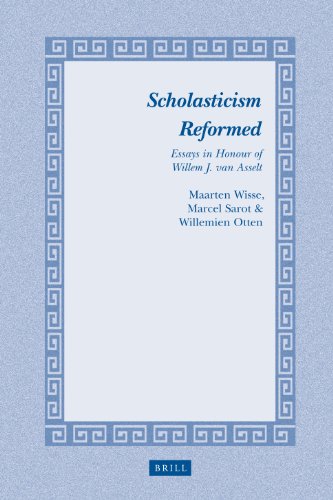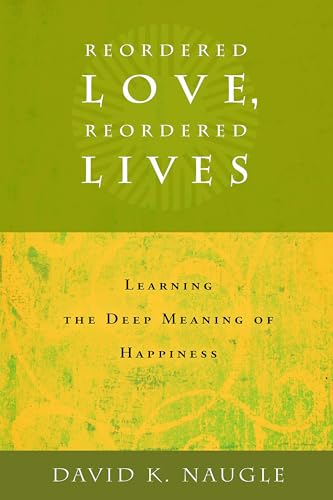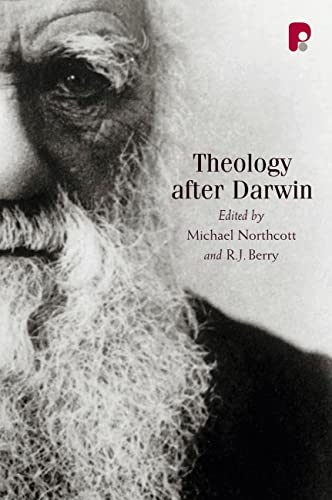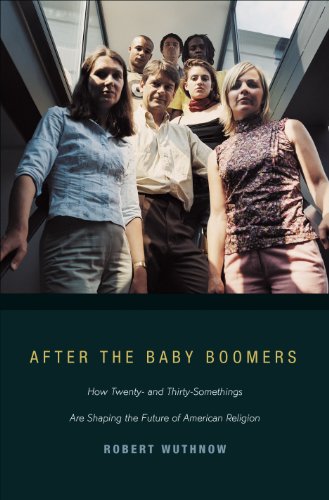Scholasticism Reformed: Essays in Honor of Willem J. van Asselt
Written by Maarten Wise, Marcel Sarot, and Willemien Otten Reviewed By Martin I. KlauberIt is quite fitting for the editors to dedicate this work to Willem J. van Asselt, one of the foremost scholars of our generation on the topic of post-Reformation Reformed scholasticism. The revisionist interpretation of this development in Reformed theology began over three decades ago through the efforts of Asselt along with such prominent scholars as Richard A. Muller of Calvin Theological Seminary. Asselt agrees with Muller’s definition of scholasticism primarily as a theological method and with the argument in favor of the essential continuity between Calvin and his successors. Asselt’s contributions to the field have been substantial both in publications as well as in his role in developing the next generation of scholars, who have continued the basic thrust of his work. The depth of gratitude of his colleagues and students displayed in this volume is striking.
The essays are divided into three sections: Reformed scholasticism and the Scotist heritage, Reformed scholasticism at home and overseas, and scholasticism and modern systematic theology. I found the second section to be the most interesting because it focuses on the theology of specific Reformed figures of the sixteenth and seventeenth centuries in the Netherlands and in England. Some of these are relatively well-known such as Gisbertus Voetius and William Perkins. Others have received relatively little scholarly attention such as Thomas Barlow and Patrick Gillespie.
Of particular interest are the essays by Muller on Barlow and by Raymond Blacketer on Perkins. Barlow (1607–91) was a theology professor at Oxford who virulently opposed the incursion of Arminianism into the Church of England. The essay focuses on his use of Aristotelianism in opposition to the revival of Epicurean philosophy and its “atomism” as espoused by such scholars as the French philosopher, Pierre Gassendi. Barlow specifically objected to the Epicurean position on the existence of “empty” space, arguing that such an idea was preposterous since, according to Aristotle, when one object was moved from a space, something else had to take its place. Another major issue was the alleged eternity of atoms that ran counter to the basic Christian notion of creation ex nihilo. Furthermore, Barlow’s opponents such as Walter Charleton, the Epicurean philosopher of the British Royal Academy, redefined the nature of time as a series of events, and because God interacts with temporal beings, he cannot be considered in the “eternal now,” a view that has resurfaced in the contemporary “openness of God” debate. Barlow again used Aristotelian theosophy against such a position and in defense of what he defined as orthodox theology. The significance of this discussion for Muller is that Barlow was not a “rationalist” as many of the proponents of Reformed scholasticism have been accused; his Epicurian adversaries were the true rationalists. Barlow preferred to use philosophy as the handmaiden of theology rather than as its master.
Blacketer centers his discussion on Perkin’s method of preaching and its importance for reform from within the Church of England. A convinced Ramist, Perkins argued that rhetorical and dialectical analysis of Scripture were essential for proper exposition from the pulpit. Once the text was mastered, the pastor had to tailor his approach to the intellectual and spiritual capacities of the parishioners. There was a significant difference, he argued, between basic Christian teachings that should be taught briefly and clearly and more complex topics such as the incarnation. The key was to communicate biblical truth correctly, which was more important than mere oratory. However, when one moves from instruction to exhortation, a more forceful style would be helpful. By distinguishing between scholastic loci and basic doctrinal instruction, Perkins displayed how a scholastic approach to theology played an important role in Reformed preaching.
These two essays represent examples of the depth and quality of these essays, which are designed primarily for scholars or advanced students and assume a sophisticated knowledge of the language, content, and history of the period. Many figures are introduced without a basic biography or context that would certainly have enriched the dialogue. The editors include a bibliography of Asselt’s Dutch and English language publications. There is no general bibliography, but the editors have included a helpful index of names.
Martin I. Klauber
Trinity Evangelical Divinity School
Deerfield, Illinois, USA
Other Articles in this Issue
Most of us, I suspect, develop fairly standard ways, one might even say repetitive ways, to appeal to the motivations of our hearers when we preach the gospel...
How to Write—and How Not to Write—A Review: An Appreciative Response to Reviews of Ancient Near Eastern Themes in Biblical Theology by Dempster and Edgar
by Jeffrey J. NiehausI want to thank Themelios for the unusual opportunity to interact with two reviewers of my book Ancient Near Eastern Themes in Biblical Theology...
Parallels, Real or Imagined? A Review Article of Jeffrey J. Niehaus, Ancient Near Eastern Themes in Biblical Theology
by William EdgarWhen I came to Westminster Theological Seminary in Philadelphia as a young student in the 1960s, two things struck me...
Why Evangelicals Should Ignore Brian McLaren: How the New Testament Requires Evangelicals to Render a Judgment on the Moral Status of Homosexuality
by Denny BurkIn 2006 on Christianity Today’s leadership blog, Pastor Brian McLaren urged evangelical leaders to find a “Pastoral Response” to their parishioners on the issue of homosexuality...
A Member of the Family or a Stranger? A Review Article of Jeffrey J. Niehaus, Ancient Near Eastern
by Stephen DempsterWe cannot overstate how important knowing the context is for understanding the significance of any communication, whether that is a simple word, sentence, paragraph, larger text, sign, photograph, or cultural cue...






